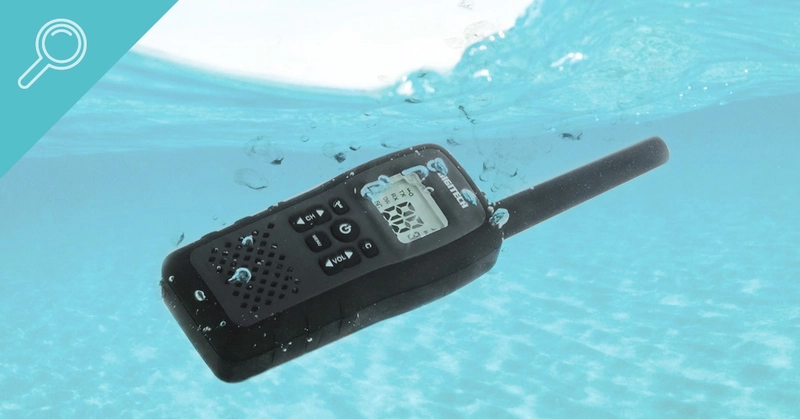
Discover the IP code that has nothing to do with your computer's location on the internet.
From DMMs to Bluetooth® speakers, floodlights to CB radios, a device's resistance to the elements is described by the letters IP followed by various numbers. So what's the significance of that mysterious IP?
Protected species
The IP (ingress protection) rating of a device's casing, or an enclosure designed to shield powerboards or other items from the weather, consists of two numbers. The first refers to what size objects or particles can potentially enter, ranging from ball bearings to ants to sand and dust. The second number indicates its ability to withstand the ingress of water.
To quantify approximate terms like weatherpoof, splashproof or dustproof, ingress protection is very specifically defined and carefully assessed according to stringent criteria, such as the amount of time that something like a speaker can stay submerged without damage.
Ashes to dust
IP ratings below 4 in each category don’t really apply to products in our range.
4 protection against objects larger than 1mm, ranging from insects to embers
5 partial protection against dust
6 complete resistance to dust, including sand or dirt blown against the casing, as in driving lights, for example
Make a splash
Here are the definitions of protection against the ingress of water.
4 protection against splashes of water from any direction (such as rain or a sprinkler)
5 will withstand low-pressure jets (think water pistol)
6 protection against high-pressure jets (such as a garden hose)
7 can be submerged to 1m maximum
8 submersible deeper than 1m, details to be listed by manufacturer
The X factor
The letter X in an IP rating means that no data is available for that parameter. If it's the first character after the IP and the second one is 6 or 7, you don't need to worry; if water can't penetrate a device, then dust particles are not likely to either!

